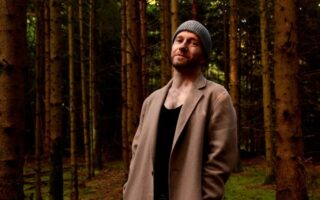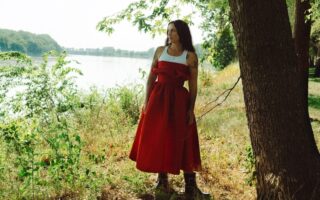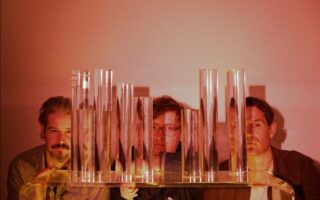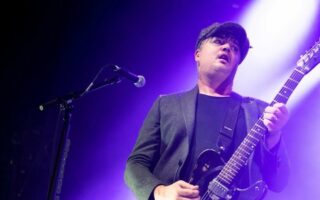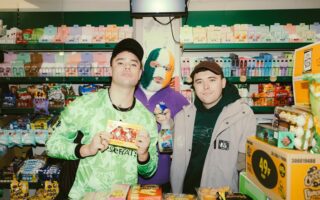
The Beatles released their classic album ‘Revolver‘.
After the more simple pop singles that had launched the band to unprecedented success in 1963 and 1964, The Beatles sound and ambition had begun to push the band to new heights by the time they entered Abbey Road studios to begin sessions for their seventh studio album. The progression hinted at by tracks such as ‘Day Tripper’ and confirmed on previous record ‘Rubber Soul’ set the tone for the sessions, with John Lennon and Paul McCartney in particular entering the studio intent on pushing the band on still further.
The ambitions of the band were, as ever, matched by the crew working with them. Producer George Martin continued to be the perfect conduit for their ideas, while other engineers pushed the boundaries to realise the full potential of the songs. For example, EMI engineer Ken Townsend had invented Automatic Double Tracking, which created a double track without the need to record two separate takes. It is generally on John Lennon’s tracks where the innovation is most apparent. On ‘Tomorrow Never Knows’, engineer Geoff Emerick wired Lennon’s voice through a speaker to create the haunting effect of his vocals, while the use of tape loops on the track, another groundbreaking technique, also required a large degree of expertise amongst the crew. ‘I’m Only Sleeping’ again shows the dedication and new skills being poured into the album, featuring a dual guitar solo played backwards by George Harrison, which reportedly took six hours to perfect.
Paul McCartney’s more traditional songs bring more musical diversity to the record. His tracks feature a wide range of instruments, with ‘For No One’ featuring a Clavichord, while Alan Civil’s French Horn take for the song was in keeping with the high standards being set in the studio – the take was described as ‘the performance of his life’. The diversity of instruments is also a feature of ‘Eleanor Rigby‘, where George Martin again shows his talents, scoring the music which included violins, cellos and violas. Another McCartney track, ‘Got To Get You Into My Life’, heavily incorporates brass, bringing yet another musical layer to the album. The quality of McCartney’s input is undoubted; ‘For No One’ and ‘Here, There and Everywhere’ were both later described by Lennon as two of his favourite Beatles tracks.
The album is also notable for the real emergence of George Harrison as a songwriter. After solid contributions on some of The Beatles previous records, the strength and diversity displayed on his songs ‘Taxman’, ‘Love You To’ and ‘I Want To Tell You‘ confirmed his growing talents, as well as his influence by Indian music, which would define him as a songwriter for the rest of his career.
The album was another huge hit for the band upon it’s release. It immediately hit the top spot on the UK Album Chart, staying there for seven weeks and also stayed at the top of the US charts for 6 weeks after it’s release there a few months later. Now seen as a masterpiece, the album regularly appears in lists of the greatest albums ever and is credited with heralding in the psychedelic era in rock music.
Shortly after the release of ‘Revolver’ the band would quit touring and concentrate further on their progression in the studio. By the end of 1966, the band were back in Abbey Road to begin work on the follow up to ‘Revolver’, the seminal ‘Sgt. Pepper’s Lonely Hearts Club Band’.
A day before their last ever concert, the Beatles endured another press conference in Los Angeles on August 28 1966. They played Dodger Stadium as opposed to Hollywood Bowl on that day. Facing the same questions over & over and fed up with this routine, they appear slightly uneasy and even brushing off questions. This is the latter part of the 15 minute conference:


